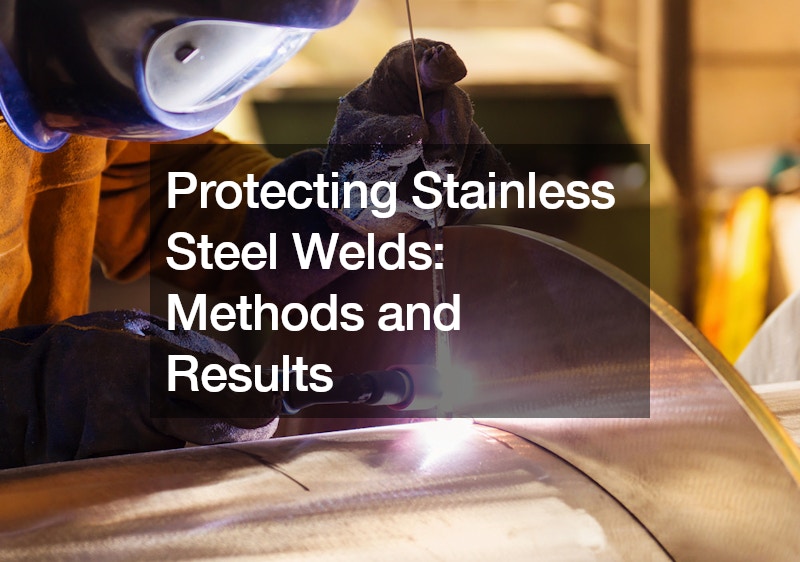Stainless steel is known for its beautiful, often rainbow-colored, welds. However, these colorful hues can be misleading. While the colors themselves are harmless, they indicate a surface layer that may be susceptible to rust and corrosion. This article explores different methods for cleaning and protecting stainless steel welds, along with the impact these methods have on corrosion resistance.
The vibrant colors on a weld result from the extreme heat used during the welding process. This heat alters the outer layer of the metal, affecting its inherent corrosion resistance.
While these colored welds may be aesthetically pleasing, for applications where the stainless steel needs to endure the elements, cleaning the weld becomes crucial.
There are several methods for cleaning stainless steel welds. Pickling paste, a highly acidic solution, effectively removes the discolored surface layer. However, due to safety concerns and the harshness of the chemicals involved, pickling paste is not always the ideal choice.
A more accessible option is a stainless steel wire brush. This method is simple and affordable, but it can leave iron particles embedded in the cleaned surface. These iron deposits can actually accelerate corrosion.
For gentler cleaning, a Scotch-brite disc is a good alternative. This non-abrasive pad removes light surface contamination without significantly altering the weld itself.
Electro polishing offers the most thorough cleaning method. It utilizes a special chemical solution and electricity to remove the oxidized layer and “passivate” the stainless steel. Passivation refers to the process of restoring the natural corrosion-resistant properties of the metal. Electro polishing is particularly effective for applications where superior corrosion resistance is critical, such as food processing equipment or medical instruments.
To determine the effectiveness of these cleaning methods, a simple experiment can be conducted. Expose cleaned and uncleaned welds to a rust-inducing solution. The results will clearly show that cleaned welds, especially those treated with electro polishing and neutralizing solutions, exhibit significantly less rust compared to their uncleaned counterparts.
Neutralizing solutions are a crucial step after cleaning with some methods, particularly electro polishing. These solutions help to remove any residual chemicals and ensure the long-term stability of the passivated surface.
By understanding the impact of colored welds and the various cleaning methods available, welders and fabricators can ensure their stainless steel creations not only look beautiful but also perform flawlessly in their intended environments.
.


